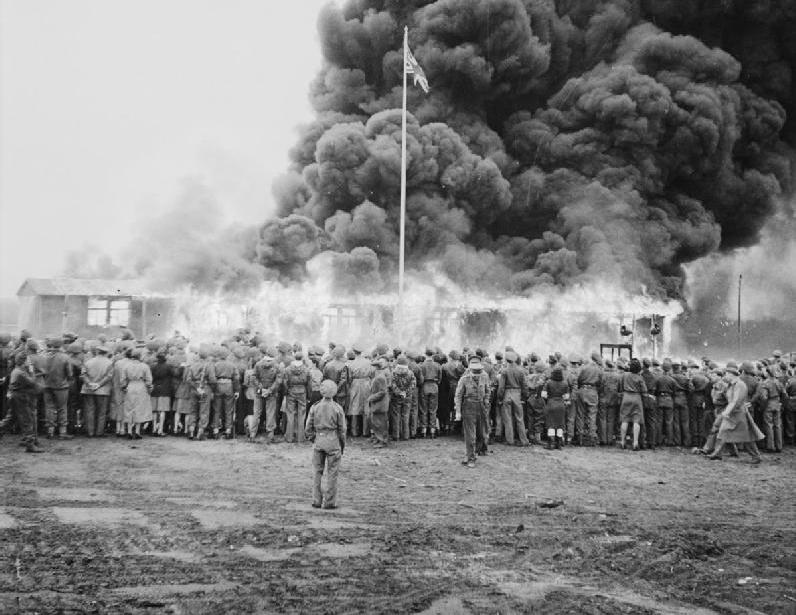The war in Europe officially ended in May 1945, but violence and chaos still reigned in much of the continent
Victory in Europe was just the beginning for millions of people across the continent as the recovery from the atrocities of the Nazis, the divisions of families and the costs of the conflict needed to begin. Keith Lowe breaks down just a few of the key issues across Europe by country.
Warning: Some of the following imagery is of a graphic and possibly upsetting nature.
France
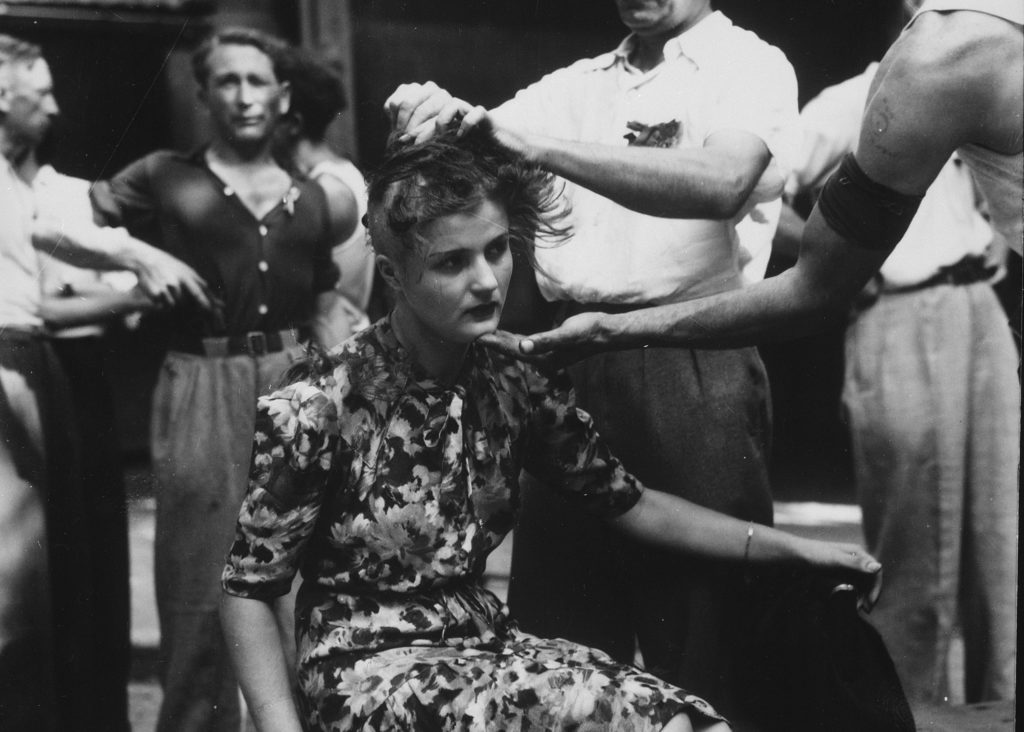
Image source: wiki/National Archive

Keith Lowe is the author of Savage Continent: Europe In The Aftermath Of World War II. His latest book, Prisoners Of History: What Monuments To The Second World War Tell Us About Our History And Ourselves, is published by HarperCollins.
Image source: Keith Lowe
After the liberation of France, parts of the country were consumed by the desire for revenge. Between D-Day and VE Day, at least 10,000 French collaborators are thought to have been summarily executed by members of the Resistance. Clandestine prisons were set up, where suspected collaborators were subjected to torture. Often, however, these violent impulses were directed predominantly against women who had slept with German soldiers. In at least 50 major towns women were beaten, stripped naked and paraded before their neighbours. Their heads were shaved as a visible symbol of their shame.
Poland
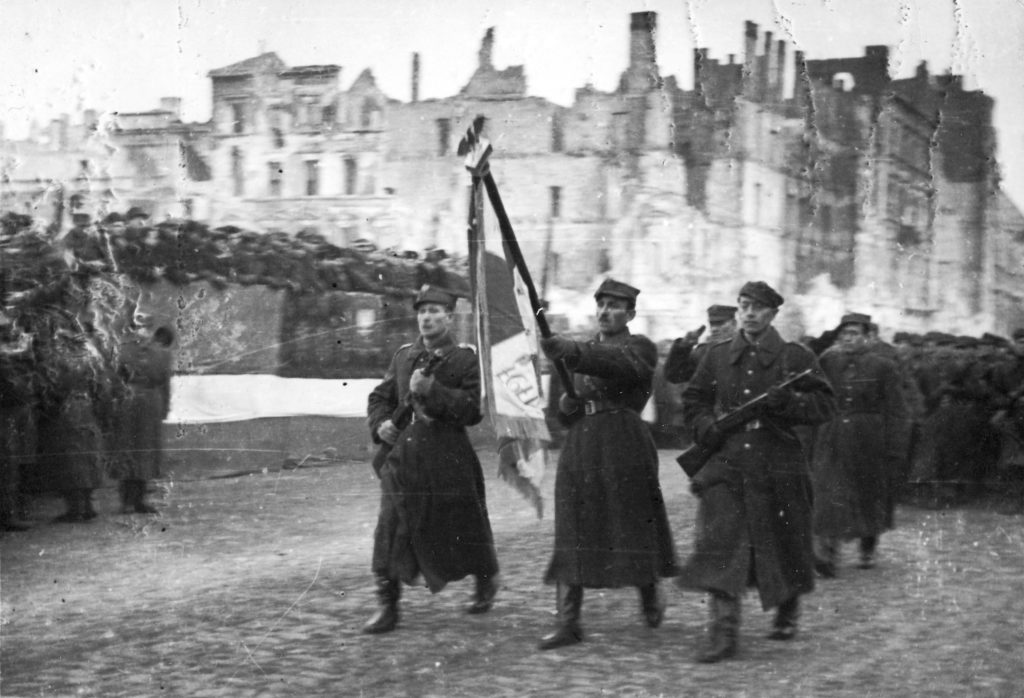
Image source: wiki/Wojskowa Agencja Fotograficzna
At the Allied conference at Yalta in February 1945, the Soviet Union claimed a large part of Poland as its own. In compensation, Poland was to be given parts of Germany. These border changes, which took place after the war, had huge and destructive consequences for millions of people. Not only were Germans expelled from the new parts of western Poland, but a massive population exchange also took place in the east between Poland and the USSR. For Ukrainians and Poles, who were already involved in a civil war over territory, this only caused further savagery and ethnic strife.
Italy
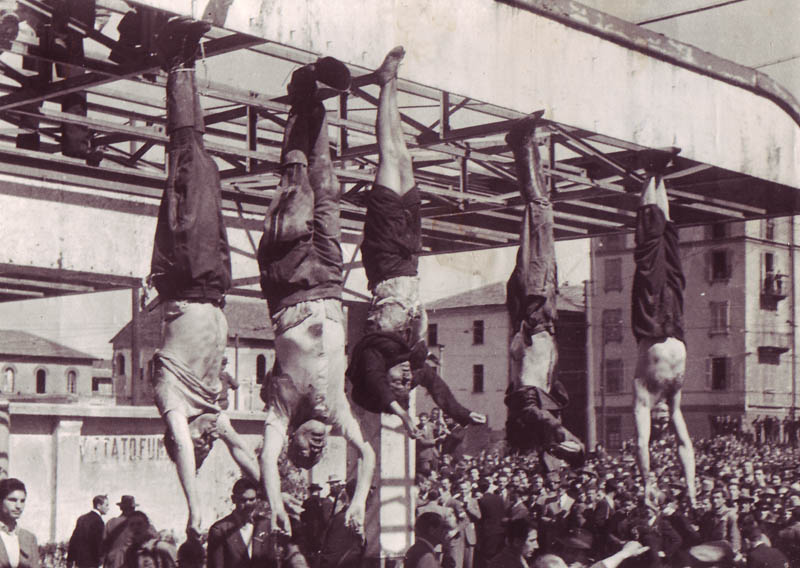
Image source: wiki/Vincenzo Carrese
Violent revenge against Fascists and collaborators was even more common in northern Italy than it was in France. In April and May 1945 alone, between 12,000 and 20,000 Fascists were killed on the streets of Italy. Part of the reason for the violence was that, after more than 20 years of Fascist rule, Italians had no faith in any kind of official justice. Resistance movements, particularly the Communist partisans, refused to give up their weapons. By 1948, continuing unrest had brought the country to a state of emergency, and order was only restored by draconian measures such as mass arrests.
Europe’s Jews
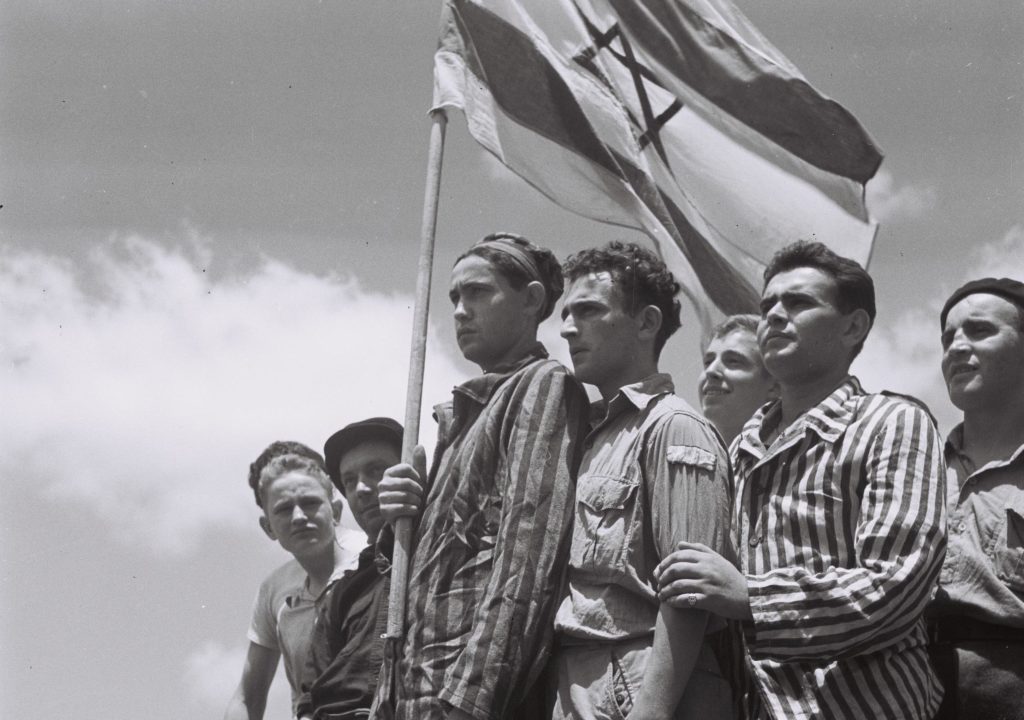
Image source: wiki/Uri Dan
Almost six million Jews were systematically murdered during the war. Tragically for the survivors, 1945 did not bring an end to their tribulations. Jews who returned to their communities were not always welcomed by populations that had long since claimed Jewish homes and property for themselves. In parts of Hungary, Czechoslovakia and Poland renewed anti-Semitic violence broke out in 1946. Most famously, at least 42 were killed in the Polish town of Kielce during a pogrom that July. Convinced that Europe no longer held a place for them, hundreds of thousands of Jews fled for new homes in Britain, America and Palestine.
Banner image source: wiki/Imperial War Museums
You can read the rest of Keith Lowe’s guide to VE Day across Europe, including a detailed map of the breakdown of the continent between the Western Allies and Soviet Union in All About History 89, available now from our online store
Subscribe to
All About History now for amazing savings!

